Plight of Ocean Species Shows Need to Preserve Earth's Variety of Life
On International Day of Biodiversity, meet 25 animals worthy of help
This article was updated on June 20, 2018, to correct the spelling of the butterflyfish (tipi tipi).
For centuries, many people took for granted the dazzling biodiversity of life on Earth. But as threats to our natural environments escalate and extinction rates increase, it’s time for humankind to work harder to preserve the breadth of species living here.
Today, on the 25th anniversary of the Convention on Biological Diversity, The Pew Charitable Trusts is focusing on the ocean, home to a staggering array of species, including many yet to be discovered. Unfortunately, only around 3 percent of ocean is fully protected, far short of the 30 percent that marine scientists say is needed to ensure a healthy marine environment.
Here are 25 of the many species worthy of increased protection. Because a healthy ocean is essential to sustaining life on Earth, working to save these animals and their habitat may ultimately save us.
1. Antarctic Krill
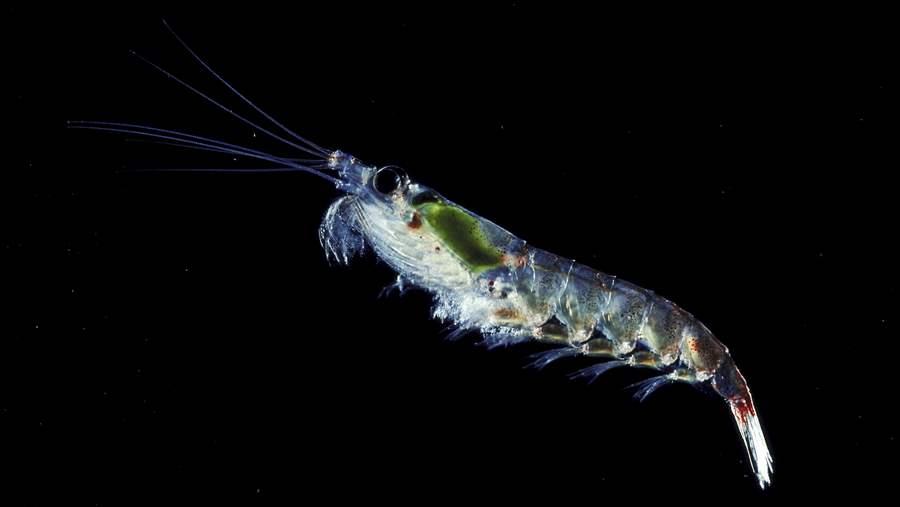
Krill are the life force of the Southern Ocean, serving as prey for numerous species of penguins, seals, and whales. Other Antarctic predators, such as leopard seals and orcas, eat the animals that consume krill.
Chris J. Gilbert/Getty Images2. Bigeye Tuna
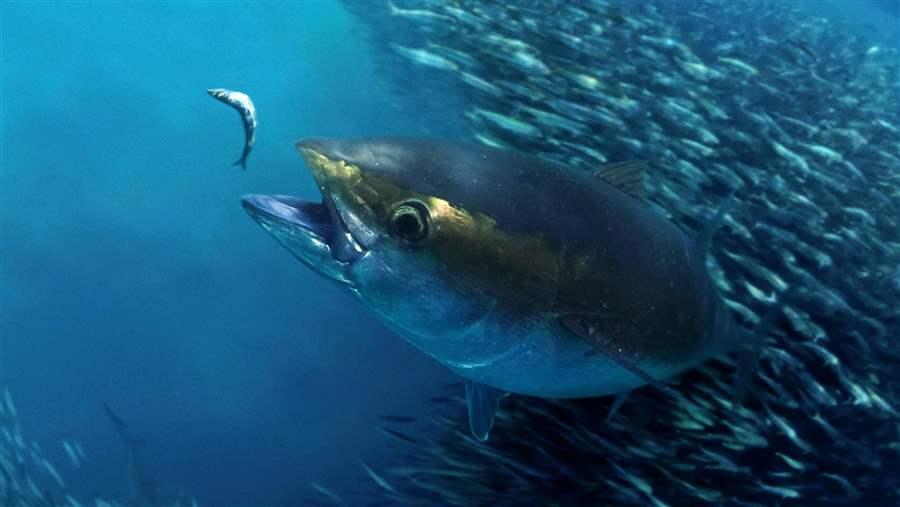
Bigeye tuna, found in the warm waters of the Atlantic and Pacific oceans, are formidable predators that can swim deeply and grow to over 400 pounds. In the Atlantic, bigeye are overfished, a clear signal that fisheries managers must act to protect them.
Paulo Oliveira3. Black Coral
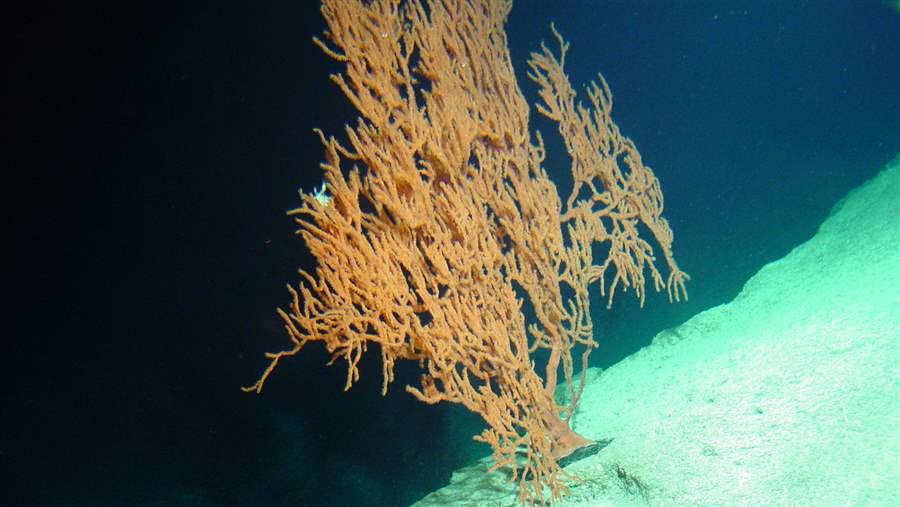
Deep-water black coral, Leiopathes annosa, thought to be the world’s oldest living organism at about 4,265 years old, is found exclusively within the waters of the Hawaiian Islands at depths of 305 to 488 meters (1,000 to 1,600 feet).
NOAA Office of Ocean Exploration and Research4. Blue Plate Coral

This blue plate coral off Jarvis Island in Australia’s Coral Sea is protected in a marine park. Studies show that large, highly protected reserves give species a better chance of surviving numerous threats, including climate change.
James Maragos/USFWS5. Bumphead Parrotfish
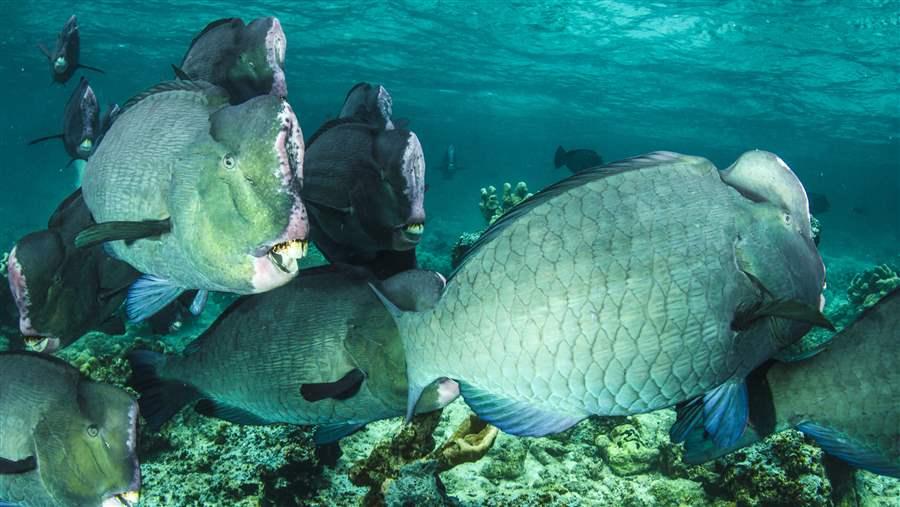
The bumphead parrotfish is listed as vulnerable on the International Union for Conservation of Nature Red List of Threatened Species. In 1994, lawmakers in the island nation of Palau enacted the Marine Protection Act, which includes a moratorium on fishing for the species in its waters.
iStock6. Butterflyfish (tipi tipi)
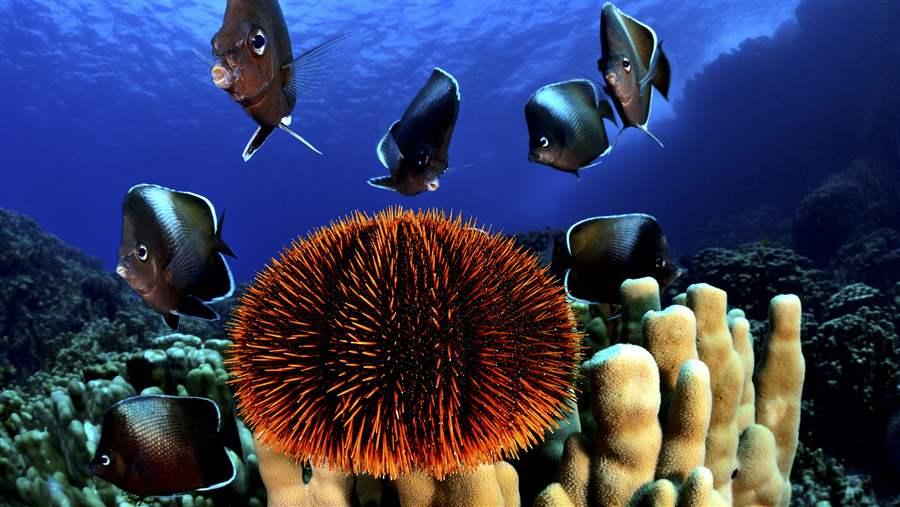
The butterfly fish is one of at least 142 species found only in the waters of Easter Island. The waters around this remote special territory of Chile are protected in a reserve that allows locals to continue fishing using an ancient artisanal technique.
Eduardo Sorensen for The Pew Charitable Trusts7. Casper the Octopus
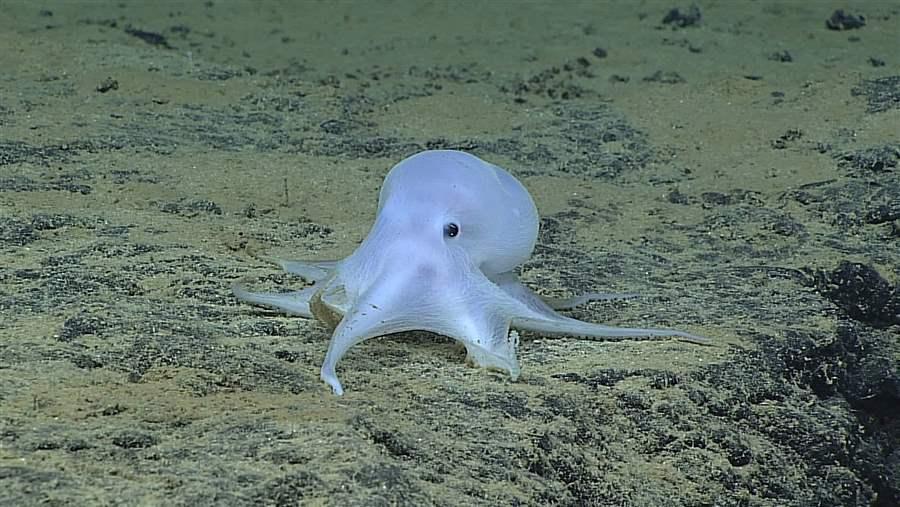
Scientists discovered this ghost-like octopod in the Papahānaumokuākea Marine National Monument in Hawaii in 2016. The monument is one of the world’s largest marine protected areas.
NOAA Office of Ocean Exploration and Research8. Dugong
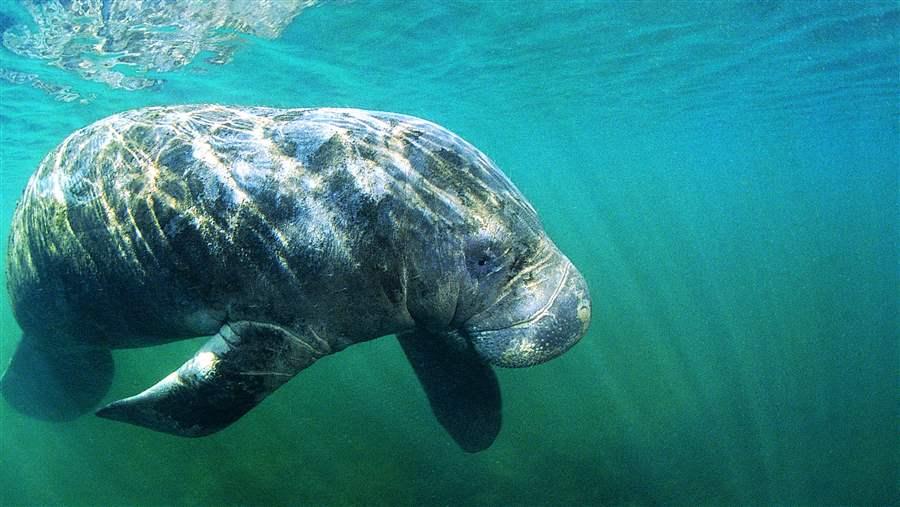
The dugong, listed as vulnerable on the IUCN Red List, lives in the waters off the Pacific island nation of New Caledonia and the Kimberley region of West Australia. These “sea cows” graze on grasses in shallow coastal areas.
Stephen Frink/Getty Images9. Elephant Seals
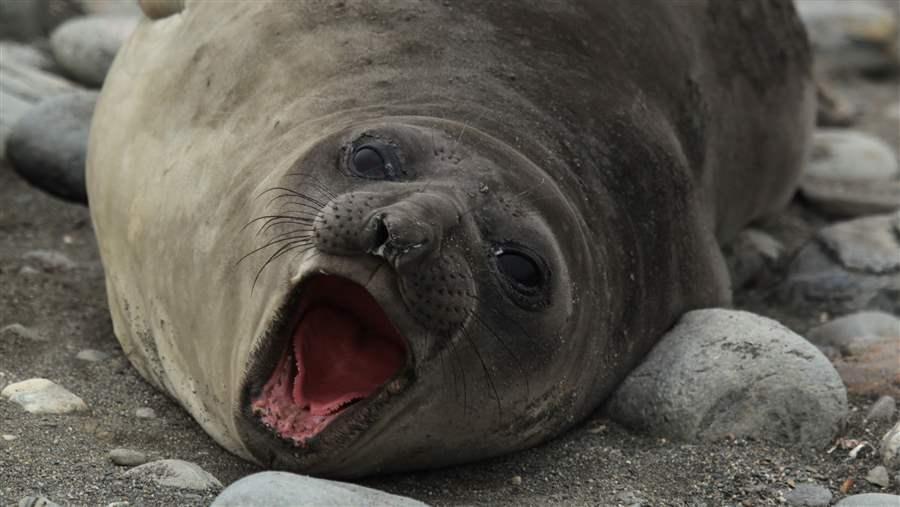
The South Georgia and South Sandwich Islands, which sit more than 1,700 kilometers (1,050 miles) from the tip of South America, near the intersection of the South Atlantic and Southern oceans, are home to 54 percent of all southern elephant seals. Protection of this area is vital because it is a living laboratory for studying the impacts of climate change—teeming with life, changing dynamically due to rapidly warming waters, and relatively undisturbed by human activity.
Liam Quinn/Flickr.com10. Fur Seals
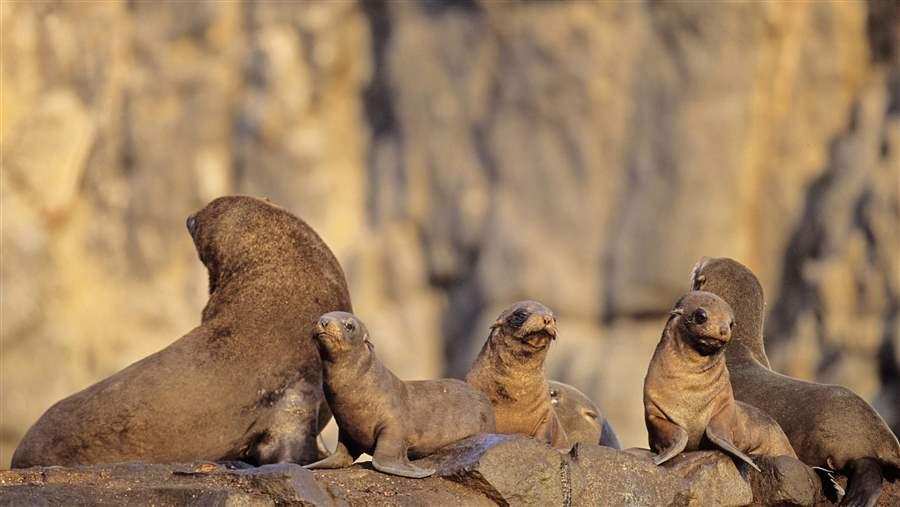
Fur seals thrive on the rocky shores alongside Bernardo O’Higgins National Park in the Aysen region of southern Patagonia in Chile. They live in colonies on rocky coasts, where they are protected by shade and can easily slip into the water during hot and dry weather.
Danita Delimont/Getty Images11. Galapagos Giant Tortoise
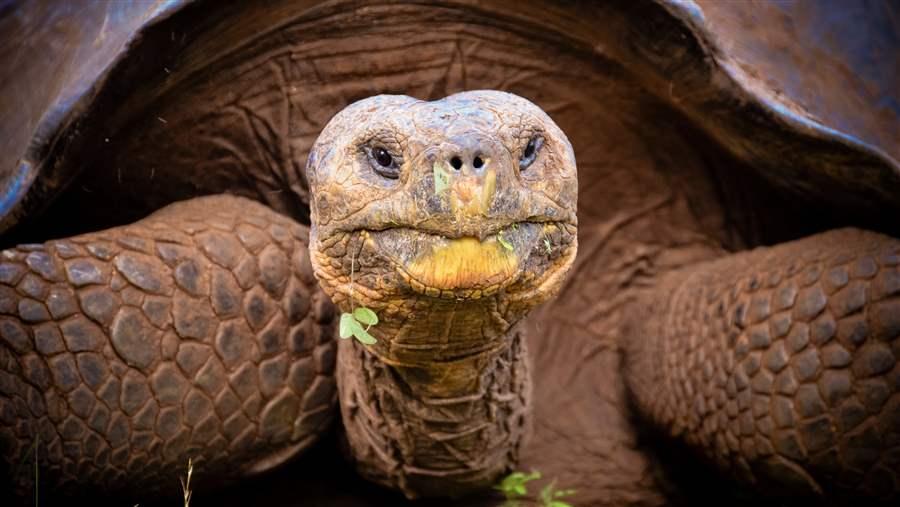
This critically endangered tortoise species is found only in the Galapagos Islands, some 600 miles off the coast of Ecuador. While the tortoise is protected under Ecuadorian law, illegal fishing of sharks and other species is a chronic problem in this region, one that the government is working to end.
Getty Images12. Giant Spiny Lobster
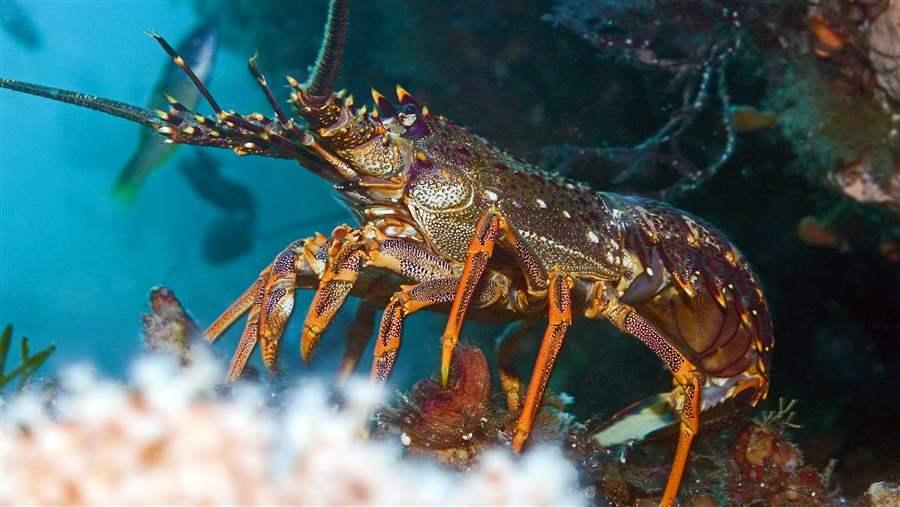
The giant spiny lobster lives in the waters of Walters Shoals, off the southern tip of Madagascar. This isolated species was first discovered in 2005, and can weigh about 9 pounds.
Paul Kay/Getty Images13. Guitarfish
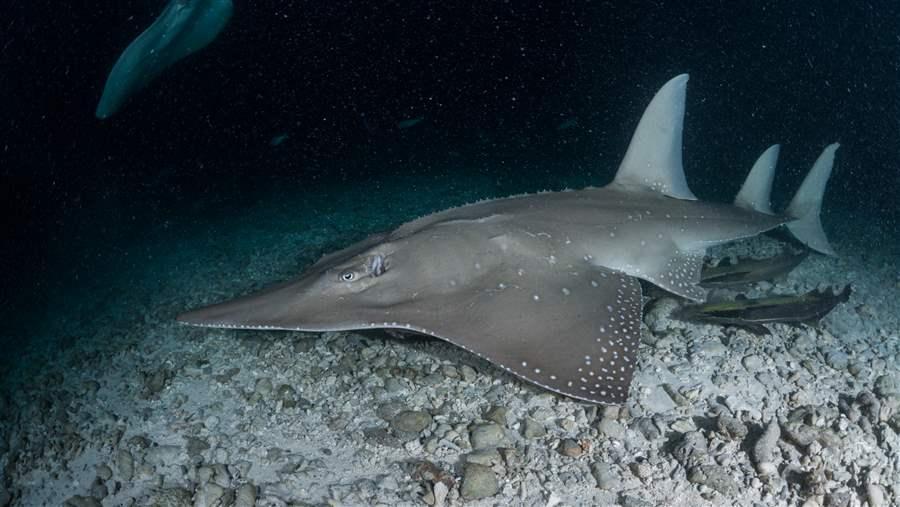
Guitarfish and wedgefish are large bottom-dwelling sharks with strong ray-like features—note pectoral fins joining at the head. They bury themselves in the sand and use their snout and pebble-like teeth to catch passing crustaceans.
iStock14. Hawaiian Monk Seal
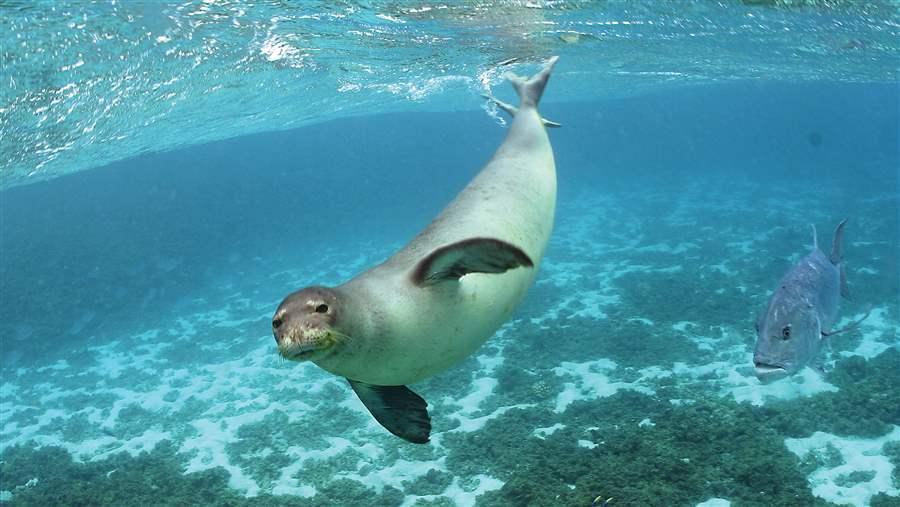
Hawaii’s Papahānaumokuākea Marine National Monument is a critical habitat for this species, which is one of the most endangered marine mammals in the world, according to the Marine Mammal Center. Threats include entanglement in marine debris, habitat loss, and human disturbances, for example on beaches where the seals come to rest, give birth, and nurse their pups.
James Watt15. Humpback Whales
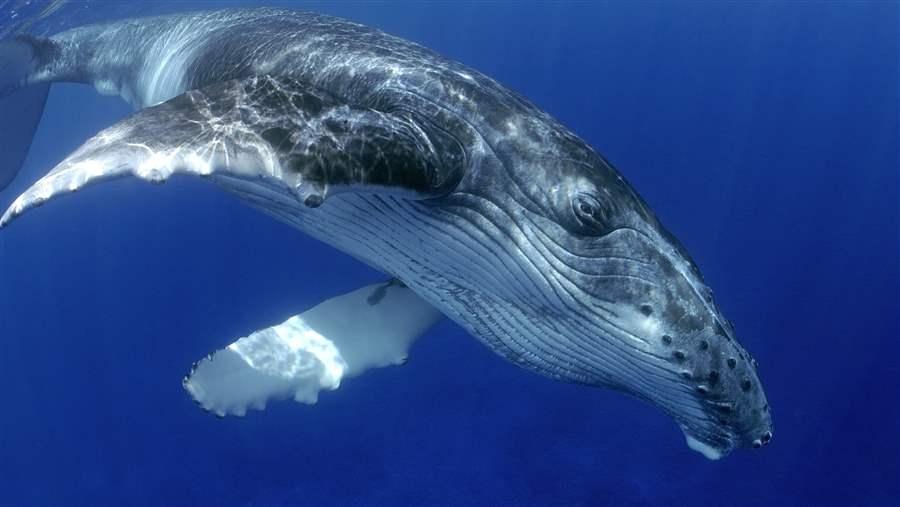
Humpback whales migrate from the cool north to the warm south to calve, wintering in Revillagigedo, a marine protected area in the Pacific waters of Mexico. They also use the protected waters of southern Patagonia in Chile to raise their young.
Shutterstock16. Laysan Albatross
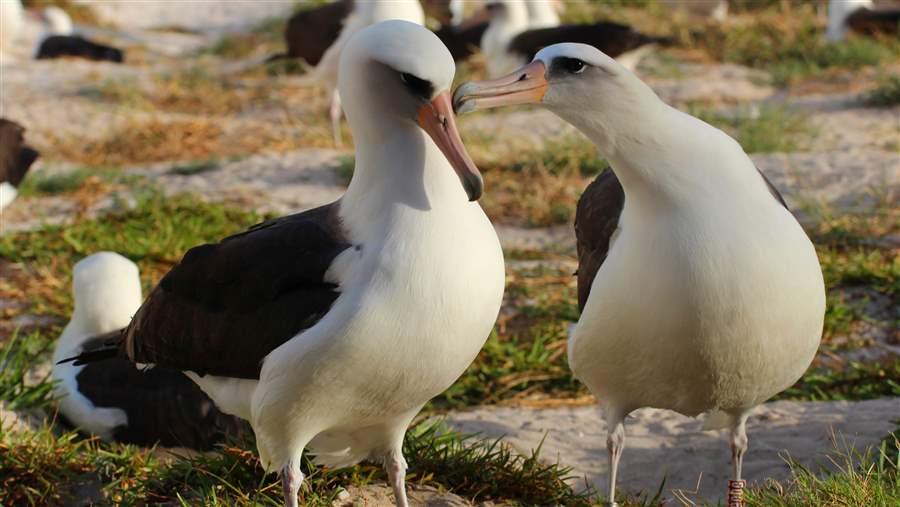
The Papahānaumokuākea Marine National Monument protects one of the largest groupings of seabirds in the world—an estimated 14 million birds from 22 species. Wisdom, the Laysan albatross pictured in the foreground, is at least 65 years old and is thought to be the world’s oldest bird. She returned to her birthplace on Midway Atoll, which is in the monument, in 2016 to successfully hatch a chick.
Kiah Walker/USFWS Volunteer17. Leatherback Sea Turtle
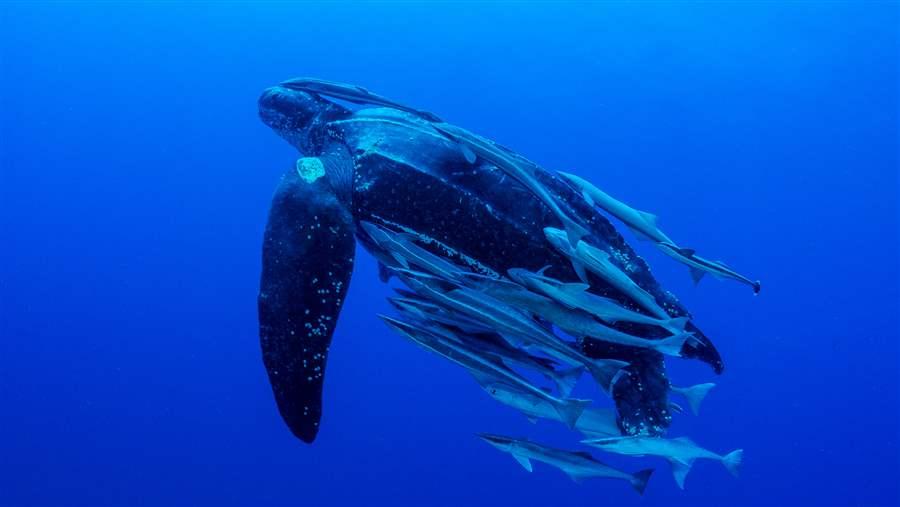
Leatherback sea turtles can live nearly half a century, weigh up to 2,000 pounds, and grow up to 7 feet in length. These turtles are highly migratory, often traveling thousands of miles across the high seas to breed and feed.
Shutterstock18. Marine Otter
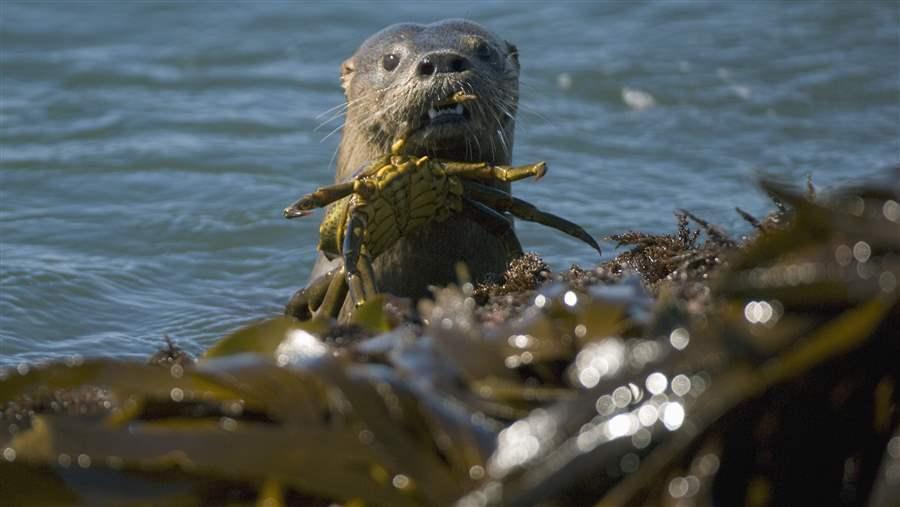
Marine otters (Lontra felina)—which live off the coasts of Argentina, Chile, and Peru—are endangered, with population declines driven by habitat loss, pollution, poaching, and hunting. This otter lives only in marine habitats, favoring rocky shores and caves, as well as large algae communities that attract an abundance of prey.
Kevin Schafer/Minden Pictures19. Napoleon Wrasse
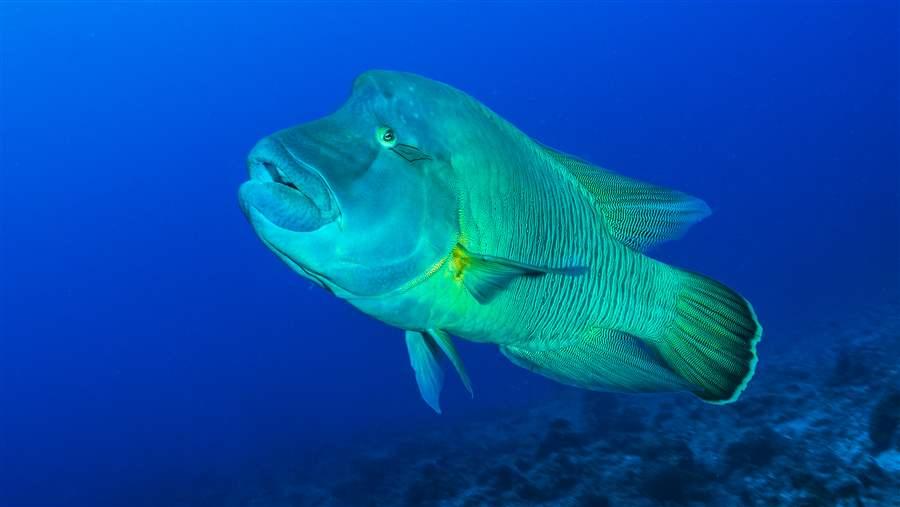
Also known as a humphead, this reef fish is listed as endangered by the IUCN, primarily due to fishing pressure. Around the island nation of Palau, however, this and all other marine species are safeguarded under a 2015 law that designated around 80 percent of the country’s waters as a fully protected marine reserve.
iStock20. Pacific Bluefin Tuna
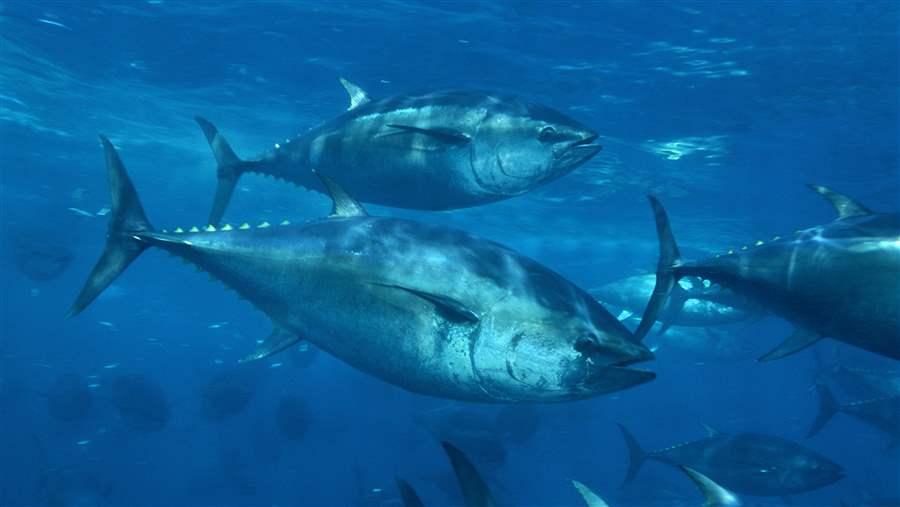
Pacific bluefin tuna is one of the most depleted tuna species on the planet—fished down more than 97 percent from its historic levels. These fish can swim up to 25 mph and migrate great distances, often from Japanese waters to those of the United States and Mexico. Numerous governments agreed to a plan last year to help the species rebuild, but it remains threatened due to decades of overfishing.
Richard Hermann/SeaPics.com21. Shortfin Mako Sharks
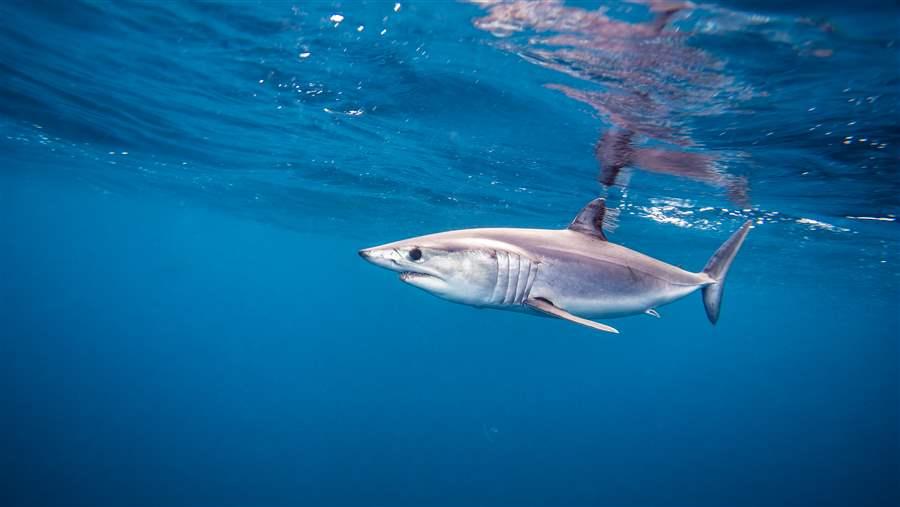
Shortfin makos have been clocked at speeds up to 45 mph, which helps when they are chasing their favorite meal, tuna. These sharks thrive in warm or cold water, and are found in almost every ocean. They’re also prized for their meat and fins and are thus threatened by overfishing.
iStock22. Snubfin Dolphin
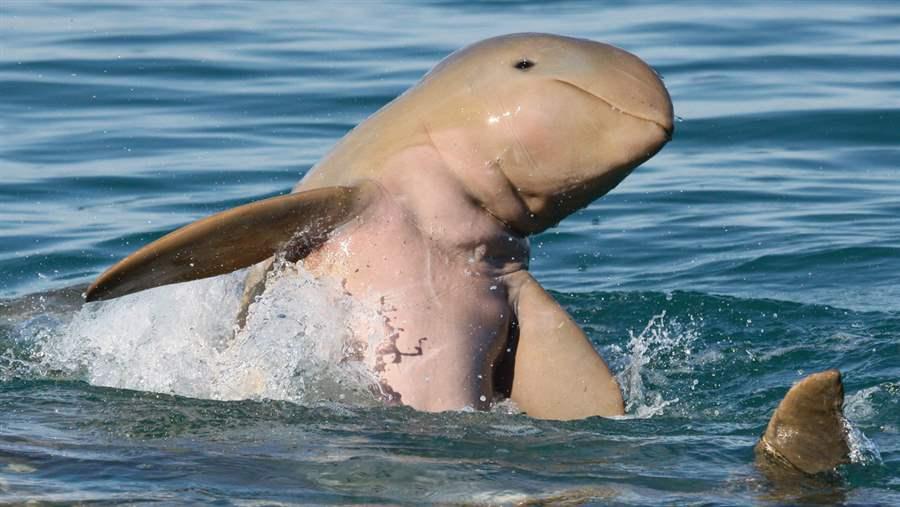
First sighted off Australia in 2005, the snubfin was the first new dolphin species discovered in more than 50 years. “Snubbies,” as they are known, live off the West Australian coast, in places including Roebuck Bay in the Great Kimberley Marine Park.
Alex Brown/WWF23. Toothfish
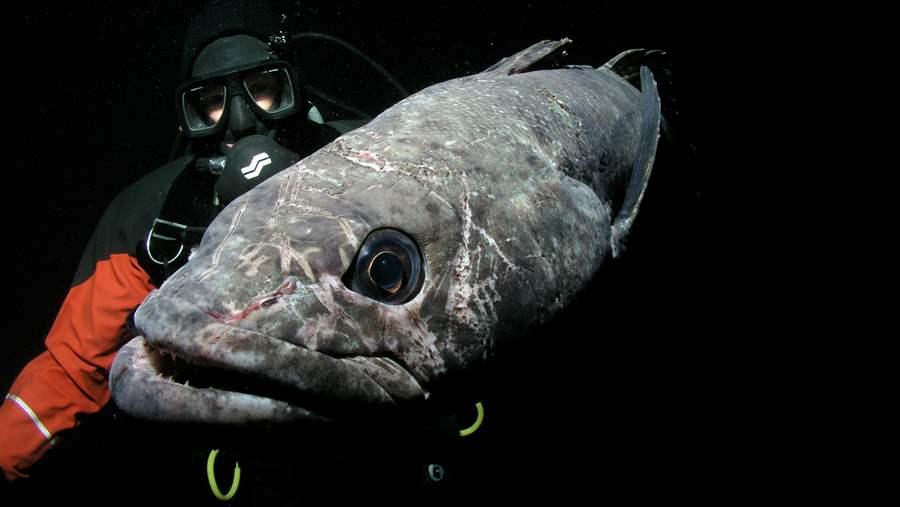
Toothfish are critical to the Southern Ocean food web, in part because they’re the top fish predator in the East Antarctic, a region that has been proposed for marine protections since 2011. Scientists know little about these fish, other than the fact that they can grow up to two meters in length and produce anti-freeze proteins to prevent their blood from crystallizing in frigid waters.
Rob Robbins24. Weddell Seals
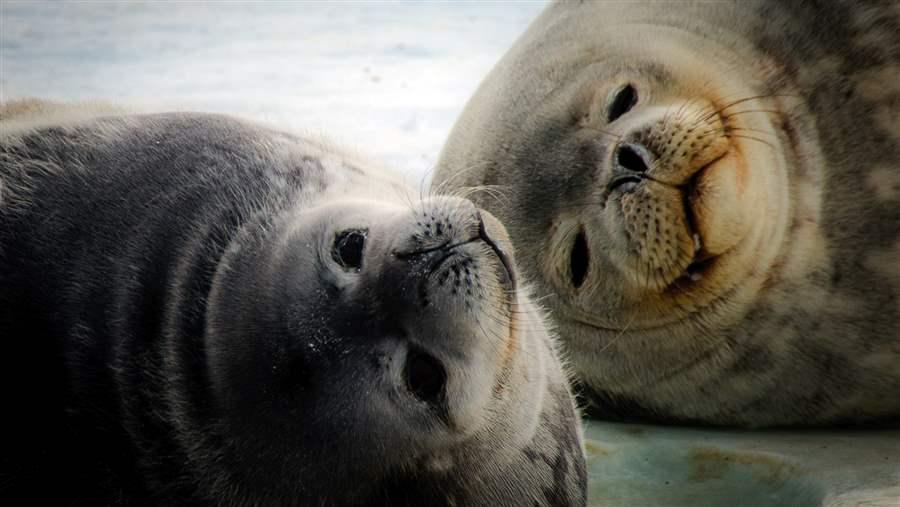
Endemic to the Antarctic, Weddell seals live farther south than any other mammal. These skilled predators can dive for more than an hour and reach depths below 1,900 feet (580 meters). While Weddells are protected under the Antarctic Treaty and the Convention for the Conservation of Antarctic Seals, their food sources, such as Antarctic toothfish and krill, are under increasing pressure from industrial fishing.
United States Antarctic Program (USAP)25. Whale Sharks
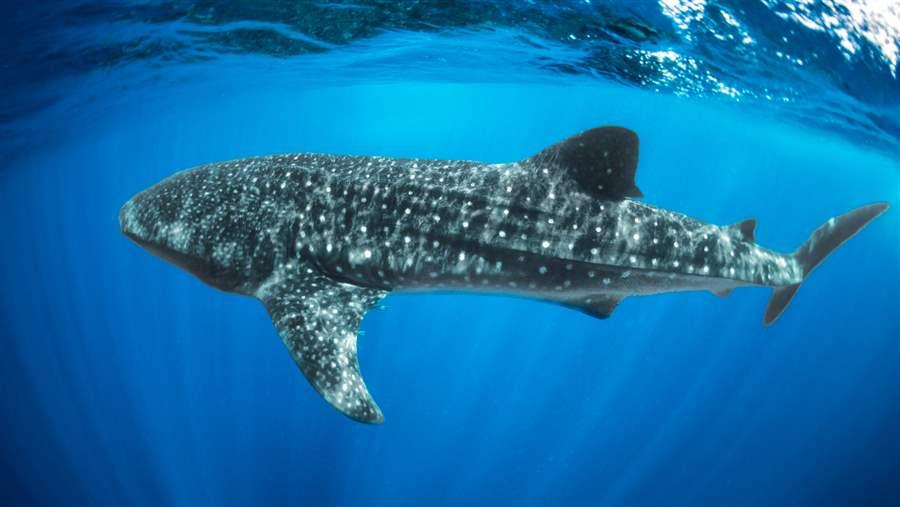
Whale sharks are the largest fish in the ocean, with some weighing over 10 tons and reaching lengths of 40 feet. These gentle giants swim in tropical and temperate waters, and have been identified by the Convention on the Conservation of Migratory Species of Wild Animals (CMS) as a high priority for conservation. In 2017, CMS members voted to prohibit the catch of these endangered species.
iStockTom Dillon leads The Pew Charitable Trusts’ international conservation work.












